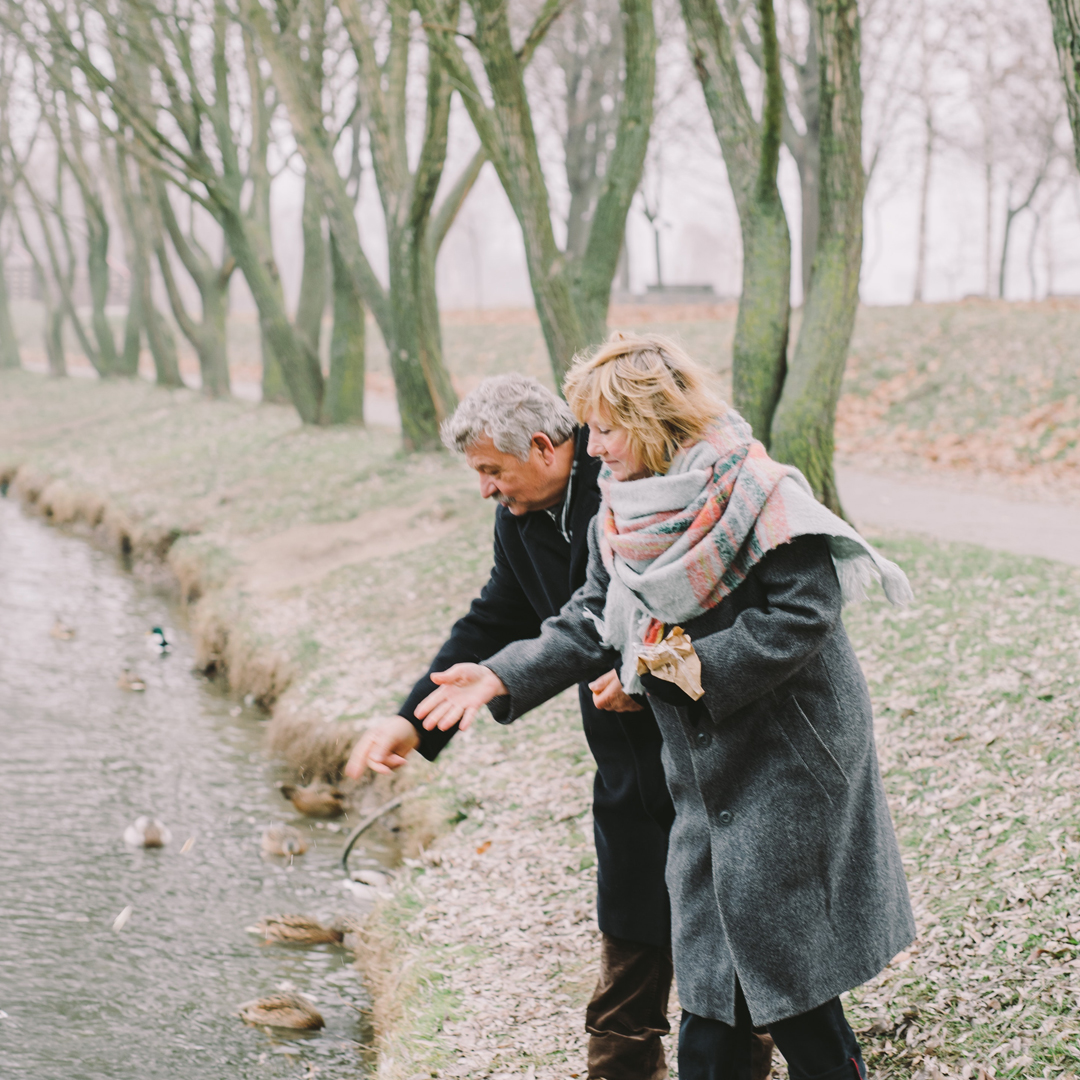When it comes to enjoying treats, koi are no different than your dog or cat. Like any other pet, mealtimes are among the highlights of their days. You can purchase pre-packaged koi snacks wherever you buy your regular fish food, but providing fresh treats for your koi can be more rewarding for you and healthier for them.
Koi are omnivorous fish with hardy stomachs and can consume nearly anything. However, that doesn’t mean everything is healthy for them. This is a guide to some nutritious variety you can provide to supplement your koi’s dietary needs.
Fruits & Vegetables
Feeding your koi fruits and vegetables may help reduce their stress levels, improve their immune systems, and assist in their growth and color development. Fruits and vegetables are rich in fiber, vitamins, and antioxidants that can help keep your koi healthy and happy.
Because koi will not recognize the smell of most fruits and vegetables, it might take a few tries before they realize you’ve offered them food. But once one curious fish unlocks the delicious secret, the others will catch on quickly.
Cut or tear larger fruits and vegetables into smaller portions, and peel anything embedded in a husk or shell, like peas and corn.
Koi can have difficulty digesting foods that are very high in carbohydrates. Before deciding how much to treat, check the carbohydrate content of the fruit or vegetable. Give high-carb snacks sparingly and others moderately.
Fruits and vegetables that are safe for koi include:
|
|
|
|
|
|
|
|
|
|
|
|
|
|
|
Meats
Koi are omnivores and enjoy snacking on lower-ranking members of the food chain. Koi would seek small amounts of aquatic animals, aquatic insects, and sometimes small fish in a natural environment. This situation is hard to mimic in backyard ponds, but several options exist to satisfy koi’s natural desires.
The insects, crustaceans, and other amphibious creatures on koi’s menu provide them with proteins, oils, vitamins, and minerals to help build their natural defense systems against illnesses and diseases and improve digestion. Koi will eat their food live, but dried or frozen options usually are available.
Meaty creatures that are safe for koi to consume include:
|
|
|
|
|
|
|
|
|
|
|
|
|
|
|
Never feed your koi anything that you have caught yourself. Foods from the wild can contain diseases and parasites that your captive koi have not built immunity to, which can become very dangerous for them.
Eggs & Cheese
When peeled and broken into chunks or cut into slices, hard-boiled eggs are a treat that koi love. Cheese is also a tasty option, but read labels and choose natural cheeses that contain few artificial ingredients and preservatives. The quality of the cheese is more important than the particular type. Cut it into slices or pieces.
Grains & Honey
Whole-grain pasta and rice are delicious, healthy treats for your koi and are rich in vitamins and minerals. Avoid white rice and pasta made from wheat flour. Cook the pasta and rice thoroughly without salt, and rinse the starch off before feeding it.
Most koi love bread and will devour any kind. Oatmeal flakes and whole wheat bread are true delicacies for koi. But as with pasta, avoid white bread or bread with the first ingredient being wheat flour, even if they claim to be wheat bread. Whole wheat bread contains whole grain, so it still has many vitamins, minerals, and dietary fiber. Bread made from wheat flour has little nutritional value and can cause bloating and digestive issues for your koi.
Koi tend to enjoy honey, so mixing it with pasta or spreading it onto a slice of bread is a great way to enhance the treat. Raw, unprocessed honey has antimicrobial, anti-inflammatory, antifungal, and antiseptic properties. Find a health food store or local source of honey to feed your koi, and avoid the clear, amber-colored honey you find in most grocery stores.
And for an occasional indulgence, koi’s favorite cereal seems to be honey nut cheerios. It can be a lot of fun for the kids in your family to share their breakfast with the koi — just keep this event occasional and don’t overfeed.
How to Feed Treats
Treats should only supplement your koi’s diet. During the summer, focus more on carbohydrate-rich foods and less on proteins. Do not give your koi treats during the winter, as you should reduce or eliminate all feeding. Only feed treats when the water temperature is 65 degrees or higher.
Allow your koi to consume treats for up to five minutes, and then remove any food that remains in the pond even if the fish are still eating it. It can be tempting to overfeed during treat time because the koi may act as though they are hungry when they are just seeking the pleasure they receive from eating the snack food.
How Do I Know If I’m Feeding Too Much?
Overfeeding is a common problem that koi owners encounter because it is the only interactive time they have with their fish. However, just as in humans, obesity can reduce koi’s quality of life and lead to various health problems.
Overfeeding your fish can lead to the buildup of excess waste that damages the water quality in your pond. When the filtration system is saturated, leftover food or fish waste will break down into harmful toxins.
Sometimes owners have concerns that less ambitious koi will not receive the same amount of treats as their more assertive counterparts. However, that should not be a justification to overfeed. Your more reluctant koi will join in at their own pace, just as with regular feeding time. And remember that treats are a luxury portion of their diets. It is much more important to ensure that no fish eats too many treats than that every fish eats them equally.


Enjoying the reading never 2 old L